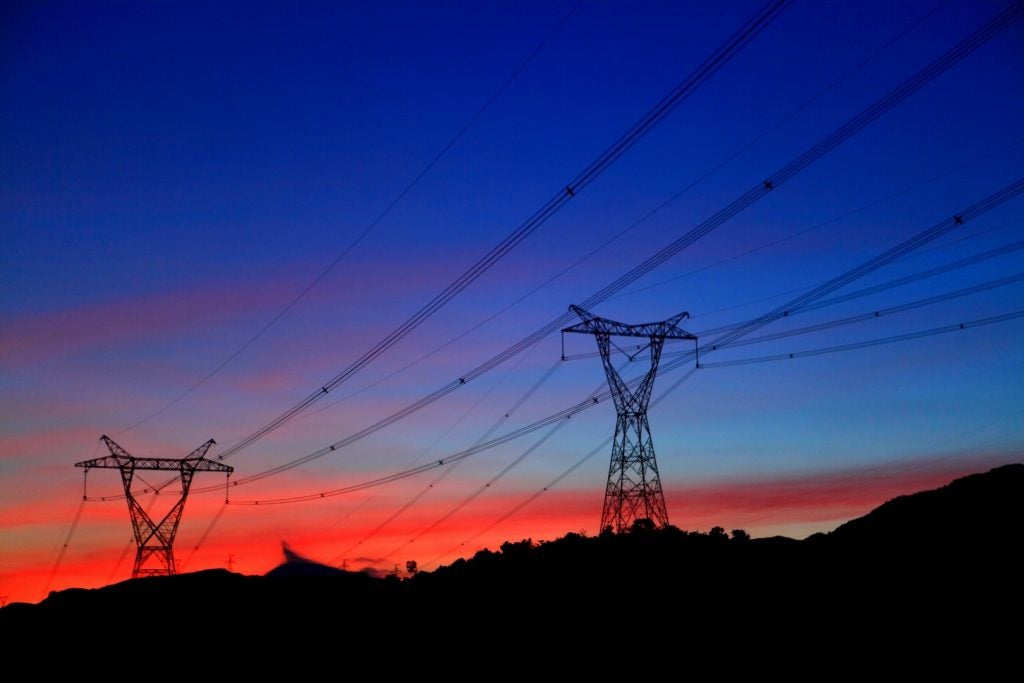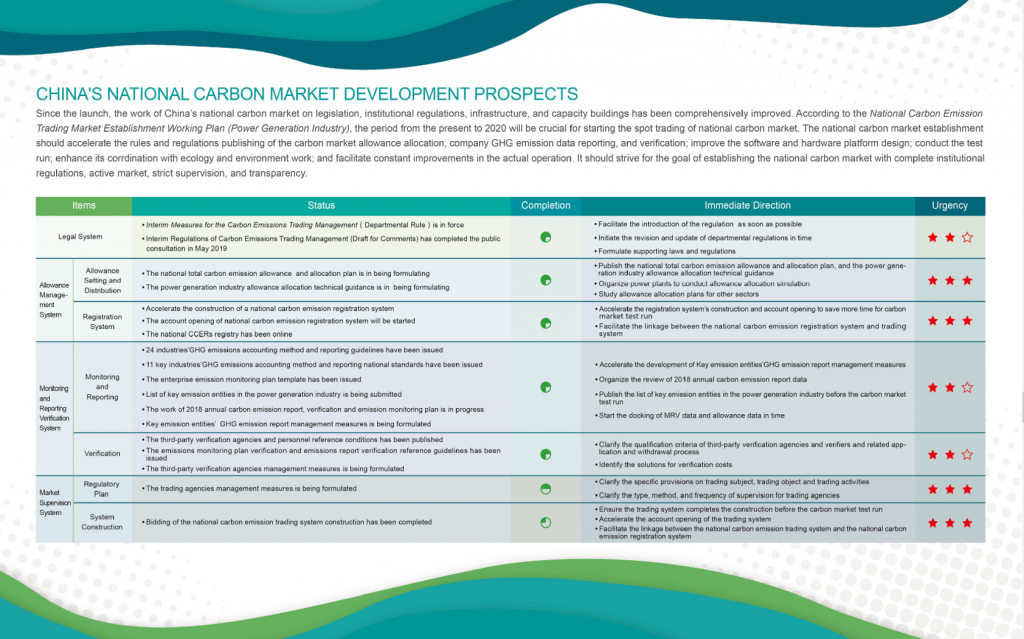This post is written by Hongming Liu, Project Manager for Carbon Pricing, and Xiaolu Zhao, Project Manager, both from EDF’s China program

Electricity transmission towers in China. Photo from PxHere.
COVID-19 pandemic has upended the global economy and peoples’ lives. The crisis has caused China’s central government to shift policy priorities to better address the health and economic fallout of the epidemic. It’s the right move and expected.
Prior to tragic spread of the coronavirus epidemic, China was preparing to roll out its national emission trading system (ETS) this year, according to The National Carbon Emission Trading Market Establishment Work plan (Power Generation Industry). Although initially covering only the power sector, which includes around 1,700 companies, the ETS will be the world’s largest carbon market. It will eventually cover 7,000 companies from heavy industries, like cement and steel. Its successful operation is key to China meeting its commitment under the Paris Agreement.
The pandemic will clearly have an impact on the pace and timing of the rollout, but the strong work done before the country shut down has put the ETS in a good position to avoid a prolonged delay.
Status of the national carbon market.
As detailed in a report from Environmental Defense Fund and China’s Energy Research Institute, China made several crucial advancements over 2019 in anticipation of a 2020 launch. These include:
- Carbon market training for companies. These trainings included showing companies ways to calculate allowance allocations based on their carbon emissions, trading simulation and an overview of system design and compliance process.
- Improvements to key market elements, including the legal framework, institutional regulations, data management, infrastructure construction and capacity building; launch of public consultation of proposed regulations over the national carbon market’s design and management system. These regulations seek to strengthen the market’s ability to penalize illegal activity.
- Release of allowance allocation work plan for the power generation industry.

This table shows where work is near complete, and where more work remains, toward the launch of the national carbon market.
How the pandemic has affected work on the ETS
The MEE’s plan for 2020 was to establish spot trading and establish regulations covering market allowance allocation, emissions data reporting, and data verification. Officials also expected to make market design and operational improvements – including market test runs. For the ETS to be operational this year, officials need to finalize institutional regulations, activate market trading, and establish supervision and transparency mechanisms. The coronavirus epidemic has affected this work.
For example, the pandemic has prevented local officials from carrying out the verification work originally scheduled for the spring. The ETS verification work plan also called for participating industries to begin calculating and reporting 2019 emissions data by the end of March. Local carbon trading authorities then have until the end of May to verify and report this data. The pandemic has also prevented verification agencies in various provinces and cities from carrying out their work. The national government has yet to release new instructions for related work.
Additionally, reduced power generation is very likely leading to increased carbon intensity. This could be due to power generators operating at low capacity because of lower demand, which leads to the reduced generator efficiency. With the benchmark currently based on 2013-2017 emission data, power companies may face a heavier compliance burden. A mechanism to stabilize price, such as price floor and price ceiling, will need to be introduced sooner to keep the carbon price stable.
ETS work continues
There are signs that the delay may not be as long as feared. As the emergency caused by COVID-19 in China gradually improved in mid-February, many cities and provinces, including Beijing and Guangdong Province, have resumed verification work on the national carbon market.
One noteworthy development is that the Hubei Carbon Emission Trading Center, located in the epicenter and most severely impacted area of the epidemic in China, has stated that it will ensure the construction of the national carbon market registration system continues as planned.
We should be optimistic of market’s direction. At the same time, we must be aware that the COVID-19 could further delay progress as China, and the world, continue to fight the pandemic.









